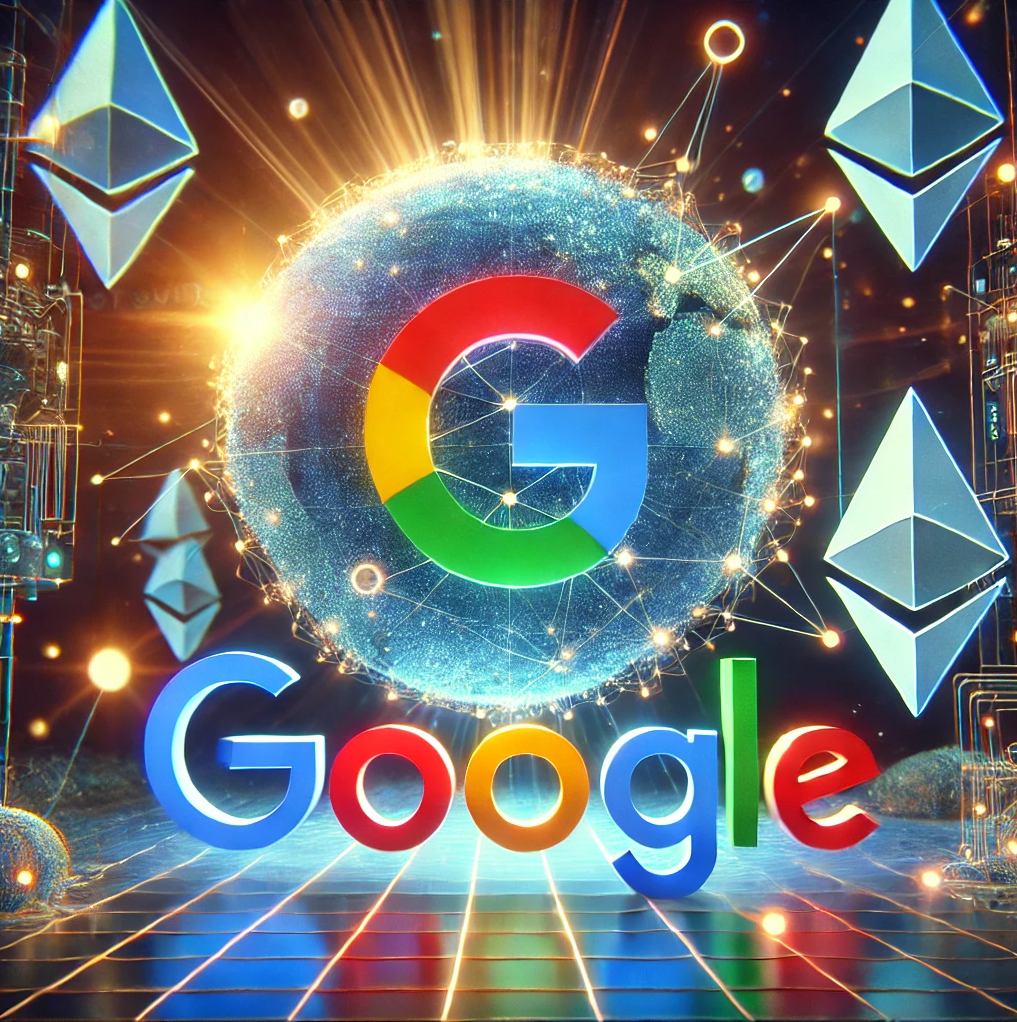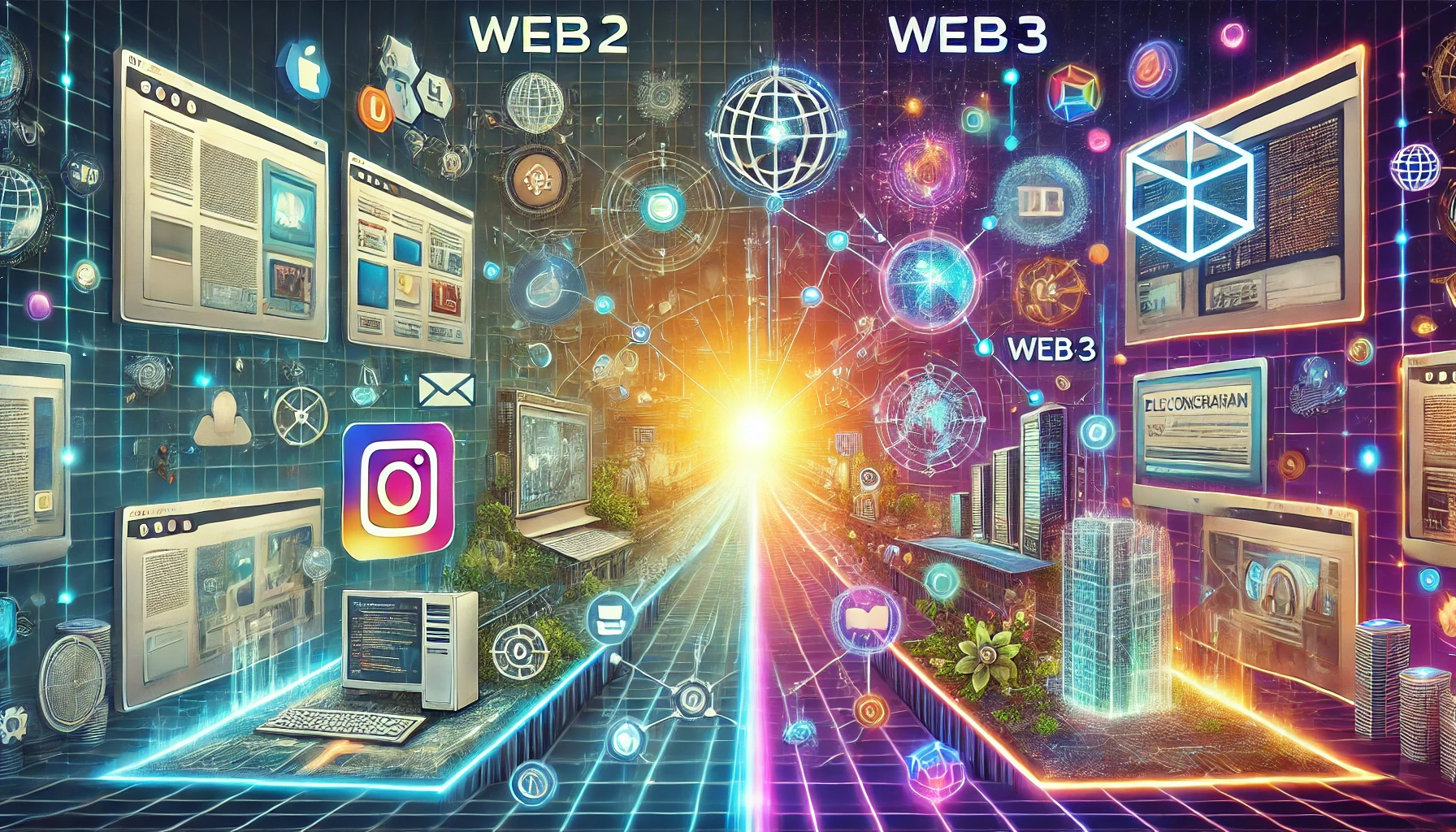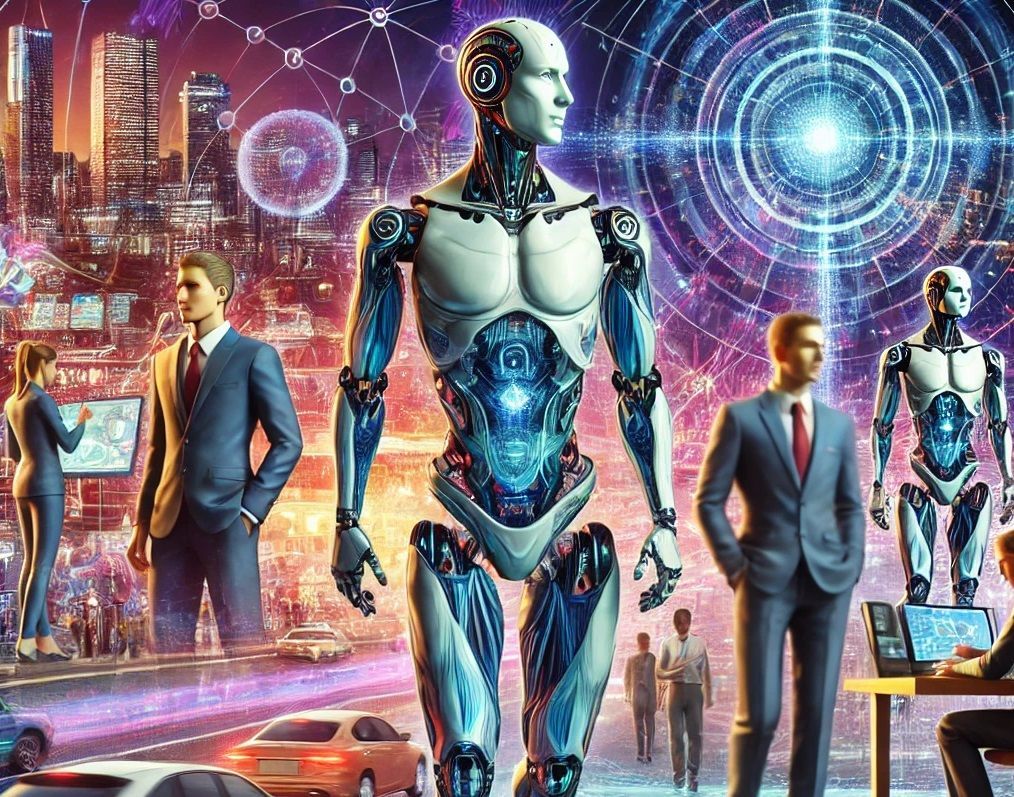How does AI work?
Navigating the future requires awareness, continuous learning, and a willingness to embrace change.
Artificial intelligence (AI)
It works by using algorithms, mathematical models, and large amounts of data to simulate uniquely human capabilities, such as learning, reasoning, perception, and decision-making.
How AI Develops and Operates
1. Data Collection
AI requires large amounts of data to learn and function. This data can come from different sources:
- Texts, images and videos.
- Sensors in smart devices.
- Human interactions, such as spoken or written input.
For example, a model like ChatGPT was trained on huge datasets of texts taken from books, articles, and other online sources.
2. Algorithms and Models
Algorithms are the heart of artificial intelligence. Some examples of algorithms used in AI include:
- Machine Learning (ML): AI learns from data to improve its performance over time without being explicitly programmed.
- Deep Learning: An advanced form of ML that uses multi-layered artificial neural networks to analyze complex data and recognize patterns.
3. Model Training
To function, an AI must be trained. This process includes:
- Learning phase:
- The model is exposed to labeled (supervised learning) or unlabeled (unsupervised learning) data.
- Learn to recognize patterns or predict outcomes.
- Optimization:
- Algorithms optimize model parameters to reduce errors in predictions.
- Techniques such as gradient descent are used to improve accuracy.
4. Inference and Prediction
After training, the AI is able to make predictions or decisions based on the new data provided:
- An NLP (Natural Language Processing) model like ChatGPT understands human language and generates coherent responses.
- A computer vision system can identify objects in images or videos.
5. Continuous Learning
Some AI systems can continuously learn from new data they receive (online learning), improving performance over time.
6. Technological Components
There are some key components behind the functioning of AI:
- Artificial Neural Networks: Mathematical structures inspired by the human brain that process data in layers.
- GPU (Graphic Processing Units): Powerful hardware for handling large amounts of data and complex calculations.
- Cloud computing: Used to store and process data in a scalable manner.
7. Types of Artificial Intelligence
- Narrow AI (weak AI):
- Specializing in specific tasks, such as search engines or chatbots.
- General AI (Strong AI):
- Able to learn and perform general tasks, similar to the human brain (still developing).
- Superintelligence:
- A theoretical concept in which AI surpasses human cognitive capabilities.
8. AI Applications
AI finds applications in many areas:
- Health: Diagnosing diseases based on medical images.
- Industry: Automation of production processes.
- Marketing: Personalizing offers for customers.
- Education: Creating adaptive learning platforms.
Considerations
- Data Bias: AI can inherit biases from training data.
- Safety and Ethics: It is important to ensure that AI is used responsibly and safely.













